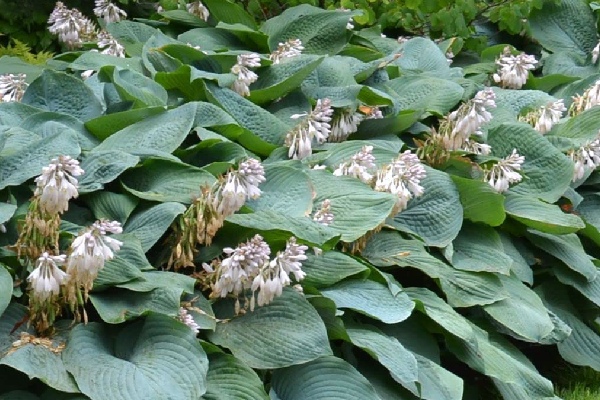All Posts
11 Kinds of Shade-Tolerant Plants Perfect for Sun-Deprived Yards
🌿 Bring these shade-loving plants into areas where sunlight is limited
While having a shaded and cool yard or a shaded area in your yard may seem limiting, there are plenty of choices for perennial plants that thrive in shade or need shade to flourish. While Coral Bells are a preferred choice for shade-loving plants, known for their sturdy and low-maintenance growth, there are many other easy-to-care-for perennials that can thrive in shady spots.
If you have a shady area that could use a bit of visual stimulation, start with below list featuring 11 vibrant and lively plants that grow well in shade.
1. Hosta
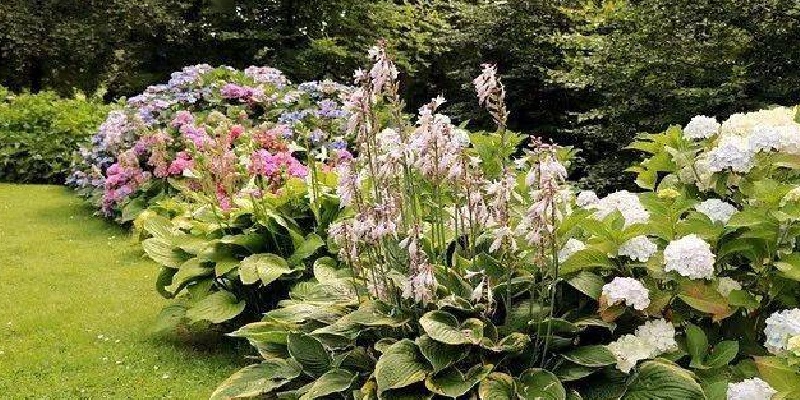
It is famous for its easy growth, preference for shade, and the ability to grow year after year, making it a 100% lazy person’s plant. Not only does it have a variety of colorful leaves, but it also produces white or purple flowers in the summer, adding a sense of lines to the garden. It can almost grow in any type of soil.
2. Hellebores
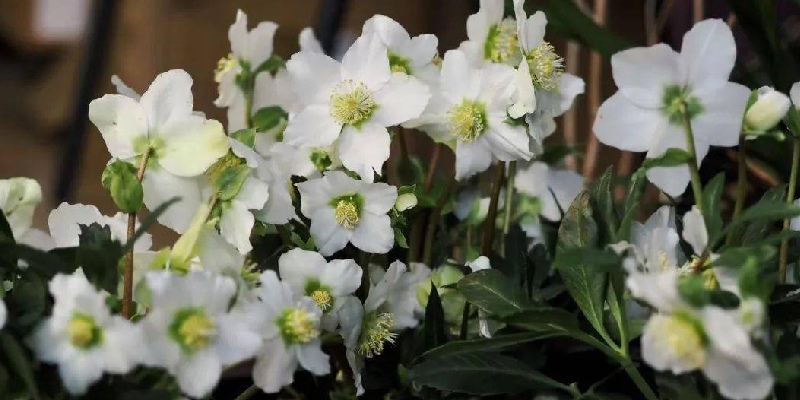
It is more commonly known as the “Christmas Rose,” with petals as thin as paper and a delicate appearance. The leaves are evergreen, growing in clusters slowly, making it an excellent ground cover plant that blooms from February to May in early spring.
3. Periwinkle
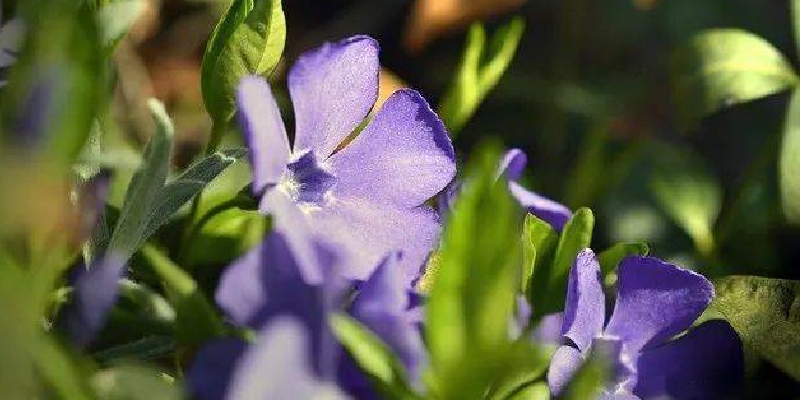
The cold resistance of periwinkle allows it to adapt to various environments, quickly spreading across every corner of the garden. Year after year, it can produce charming cold-toned pentagonal flowers. In the famous “Beth Chatto Garden,” known for “not being watered in 30 years,” the creeping juniper plays a crucial role in ground coverage.
4. Columbine
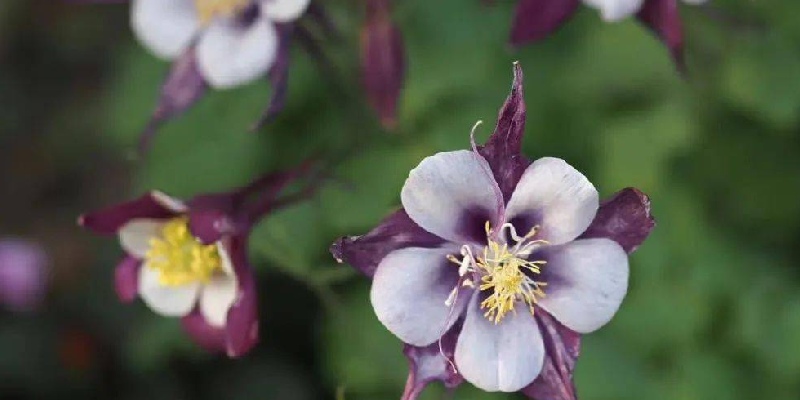
Columbine is favorites of hummingbirds and bees, serving as an excellent nectar source. The flowers bloom abundantly in early spring, adding height and color to lush, densely wooded gardens.
5. Coral Bells(Heuchera spp)
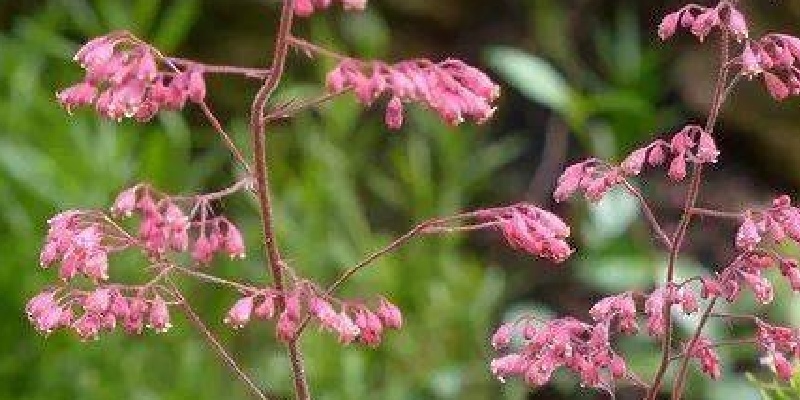
Heuchera spp grows on low mounds and, in spring, produce tall, bell-shaped flowers. Moreover, in warm regions, alum roots can maintain their beauty throughout the year, adding color to the garden.
6. Bleeding Heart
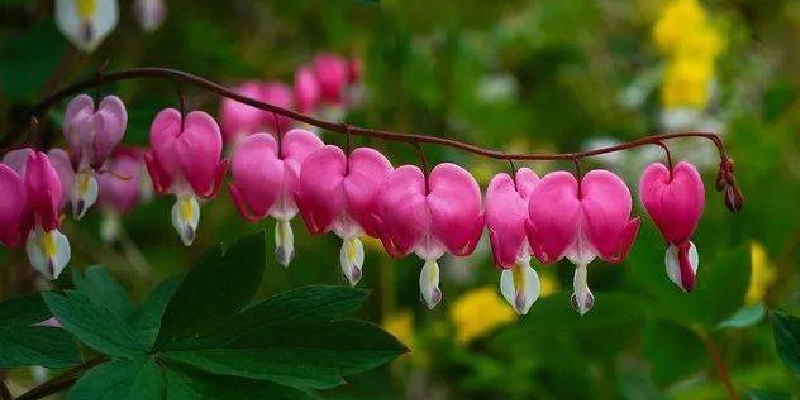
Its flowers have a romantic and story-like appearance, resembling a broken and wounded heart, hence the name “bleeding heart.” The effect is even more striking in partially shaded woodland environments.
7. Astilbe
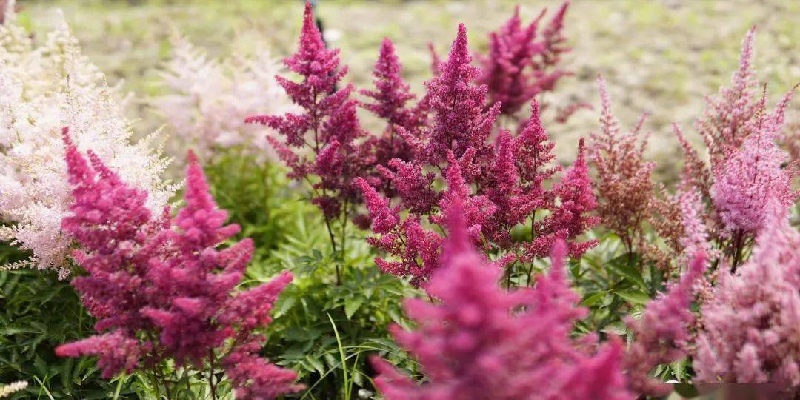
With its inherent romantic and misty atmosphere, the Bleeding Heart plant features extremely sweet colors and textures. It can grow and reproduce year after year, and is often used as a bridal bouquet. They may be bronze, pale green, blue green, dark green or wine red.
8. Foxglove
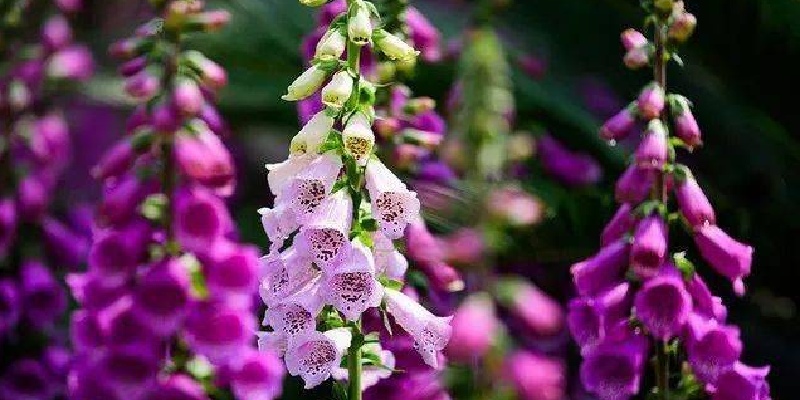
The adorable Foxglove, with its upright growth habit and elaborate flowers, has become a common resident in country gardens. It can self-sow year after year, making it a low-maintenance choice.
9. Creeping Jenny
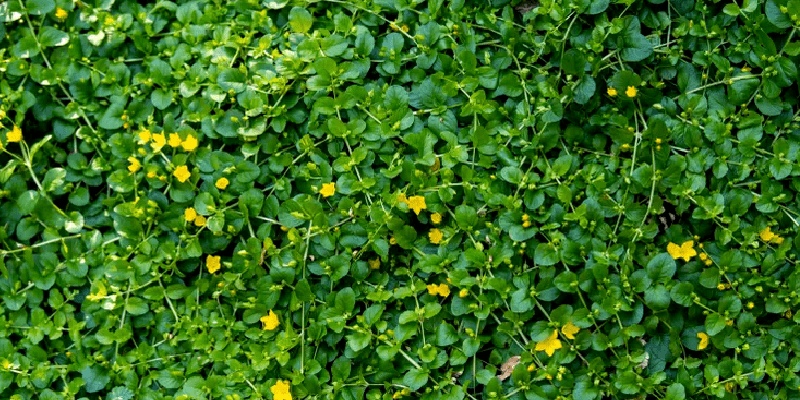
Golden Creeping Jenny, with its delicate yellow-green leaves, earned its name for its rapid growth and ability to cover the garden. It is an ideal ground cover for partially shaded areas.
10. Primrose
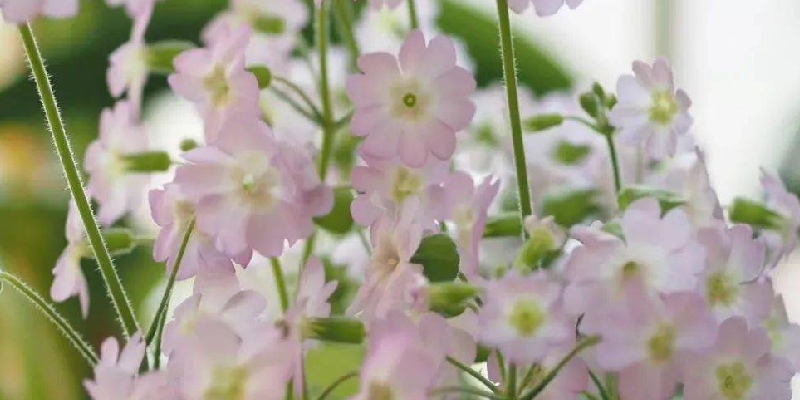
Native primroses mostly grow in woodland areas, bringing a variety of rich colors. Cultivated primroses, on the other hand, have a wider range of flower colors, meeting various garden needs.
11. Siberian Bugloss
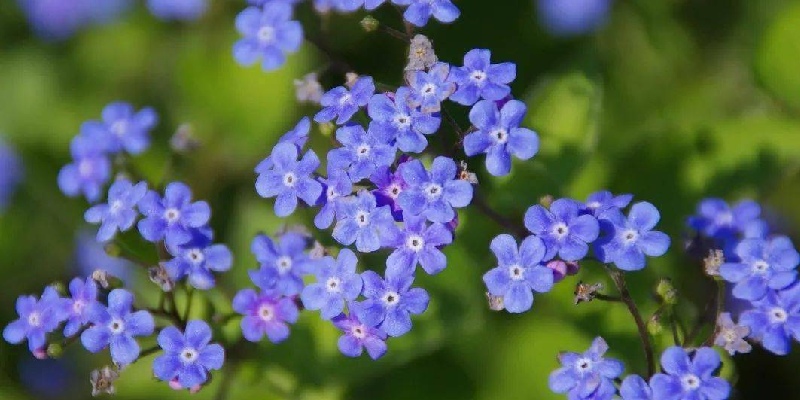
It’s almost like a shade-tolerant upgraded version of forget-me-nots. The blue flowers of this plant are very dreamy and delicate. With unique leaves, it is a frequent visitor to various flower beds and shady gardens.
Even though these plants prefer shade, they also need a small greenhouse to survive the winter.

